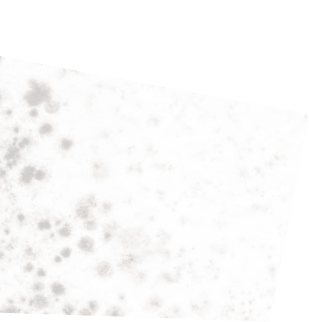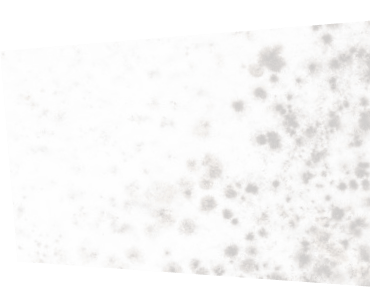.png) Poor air quality has been recognized as a global health issue which affects nine out of ten people, according to the World Health Organization (WHO). Most of the pollution comes from industrial activities and fossil fuel combustion, creating a thick layer of smog over cities and industry-intensive areas. However, many overlook the importance of indoor air and how its quality affects human health. As we now spend most of our time indoors, high indoor air quality has become one of the key requirements for good health and wellbeing making it important to undergo proper air quality testing regularly.
Poor air quality has been recognized as a global health issue which affects nine out of ten people, according to the World Health Organization (WHO). Most of the pollution comes from industrial activities and fossil fuel combustion, creating a thick layer of smog over cities and industry-intensive areas. However, many overlook the importance of indoor air and how its quality affects human health. As we now spend most of our time indoors, high indoor air quality has become one of the key requirements for good health and wellbeing making it important to undergo proper air quality testing regularly.
What Are the Most Common Indoor Air Pollutants?
There are various potential sources of air pollution in indoor environments, and different homes can have different problems. Indoor air quality is usually affected by the age of the building, its maintenance, quality and chemical content of building materials, and exposure to the elements. The most common indoor air pollutants include:
Dust
Dust is a broad term which encompasses many types of small solid particles, including dead skin cells, hairs, fibers from clothing, pollen, soil particles, bacteria, etc. Regularly vacuum and clean your home to avoid accumulation of these particles.
Mold
These fungi thrive in humid environments and are often found in bathrooms, kitchens, cellars and attics. When they colonize an area, molds release a large number of spores into the air, and cause unpleasant smells and symptoms of allergy.
Radon
Radon is a naturally occurring radioactive gas that can cause very serious lung diseases with long-term exposure. It is usually released from the ground or contaminated waters.
Carbon Monoxide
This odourless toxic gas usually comes from damaged or poorly installed heating systems, gas kitchen stoves and indoor charcoal grills.
Volatile organic compounds (VOCs)
These compounds can be emitted from building materials like plywood and glues, but can also come from burning wood, tobacco and kerosene.
Nitrogen Oxides
Nitrogen oxides are usually released by home appliances that burn fossil fuels and wood.
Humidity
Increased air humidity levels are harmful to human health and can lead to a mold infestation in the home.
The best way to know whether your home has increased levels of air pollutants is to get professional air quality testing.
How Does Poor Air Quality Affect Health?
Long-term exposure to poor air quality causes symptoms that are very similar to allergies – shortness of breath, itchy eyes, nose and skin, respiratory issues, headaches, joint and muscle pain. The symptoms differ in intensity, depending on sensitivity of the person and dominant pollutants. Considering that these symptoms are easily attributed to other health issues, the real culprit often remains hidden. Some pollutants are invisible and very hard to notice, which is why it is important to get a home air quality test.
If you are looking for a trusted, certified home inspector, reach out to Inch by Inch Inspections. Experienced staff of Inch by Inch provides their high-quality air quality testing services all over Toronto and the GTA. Make sure that your home is healthy and free of harmful pollutants, and schedule your professional air quality testing in Toronto.




